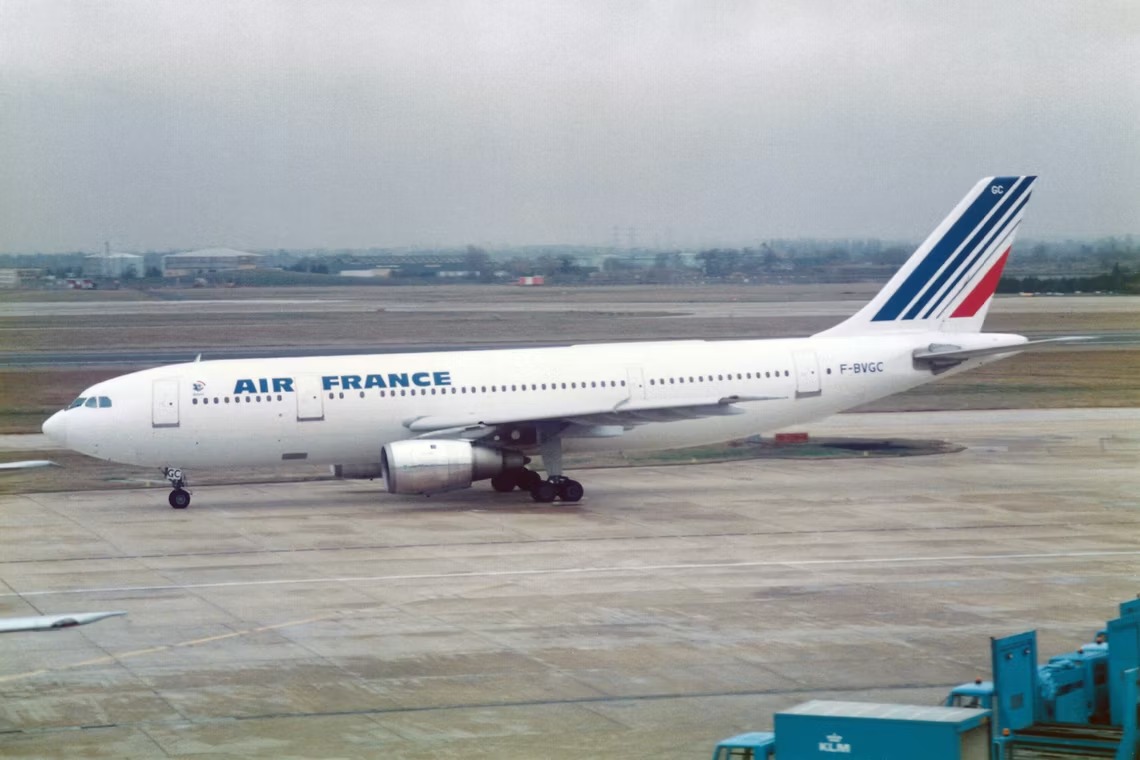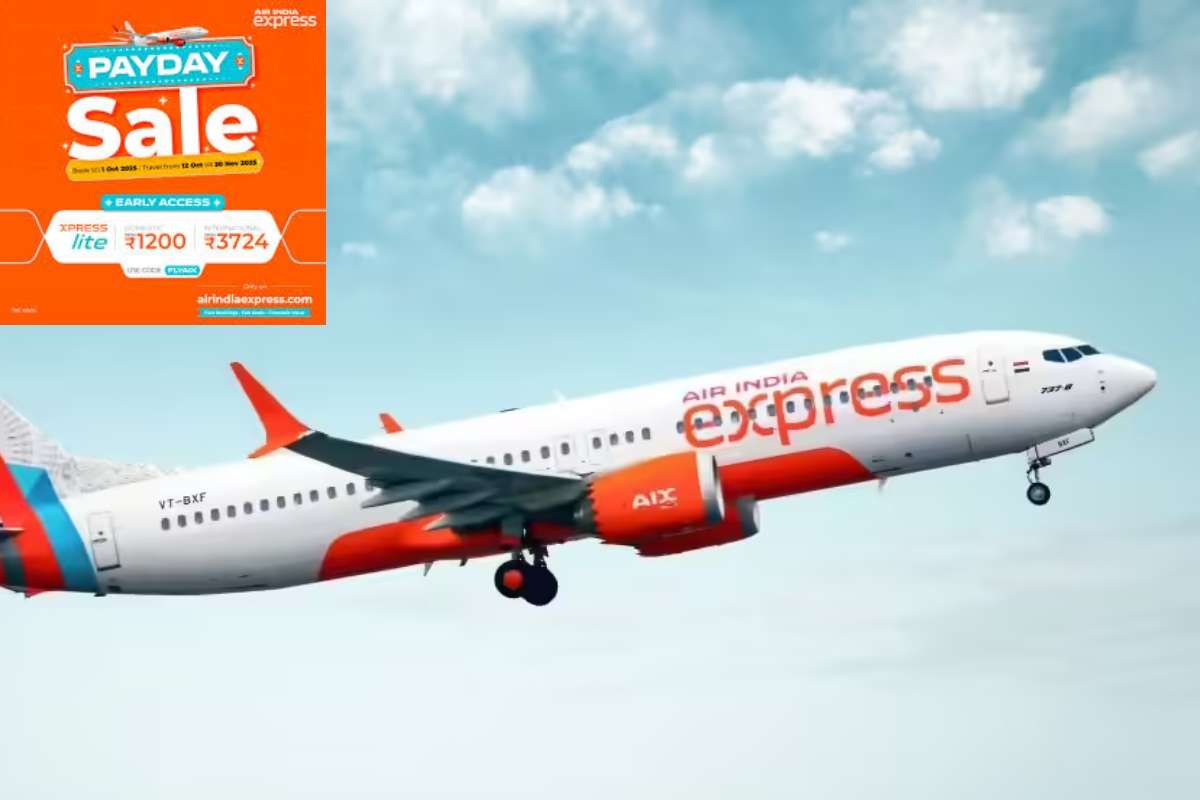On March 15, 1974, French and German aviation authorities granted the type certificates for the Airbus A300, clearing the way for its entry into revenue service. The Federal Aviation Administration (FAA) certification was granted on May 23, 1974. The same day, Air France, the launch customer of the type, introduced the jet to the commercial market.
The Airbus A300
The Airbus A300 was designed to carry 247 passengers in a two-class configuration and fly over a range of 2,900 NM (5,375 km). The General Electric (GE) CF6-50 or the Pratt & Whitney (PW) JT9D engines were selected to power the initial variants of the A300. For the later variants, the GE CF6-80 or the PW4000 engines were selected.
Air France and Lufthansa provided valuable inputs during the early stages of the A300 design. Air France requested an increased capacity, compared to the original design, with a greater Maximum Takeoff Weight (MTOW). Airbus produced the A300B2 as the first production variant, with 30 additional seats and increased cargo space.
Korean Air requested a longer-range version of the A300, driving the A300-B4 design by Airbus. The manufacturer saw vast potential in sales to Asia, with Korean Air as the key to success in the region.
Technological advancements
The Airbus A300 scored a number of firsts in commercial aviation. The A300 was the first commercial aircraft to have composite materials used in both its primary and secondary structures to reduce weight and increase operating efficiency. Today, almost all new aircraft feature composite materials in structures, including wings. Boeing’s 787 Dreamliner and Airbus’ A350 aircraft feature modern wings that are manufactured entirely using composite materials.
The introduction of wingtip devices to reduce drag was first introduced on the A300 variant. Modern Airbus jets use some form of wingtip device on its modern airplanes. Wingtip devices manage the pressure difference between the upper surface and lower surface of the wing by minimizing the effects of wingtip vortices. These devices increase the fuel efficiency of modern aircraft by up to 5%.















